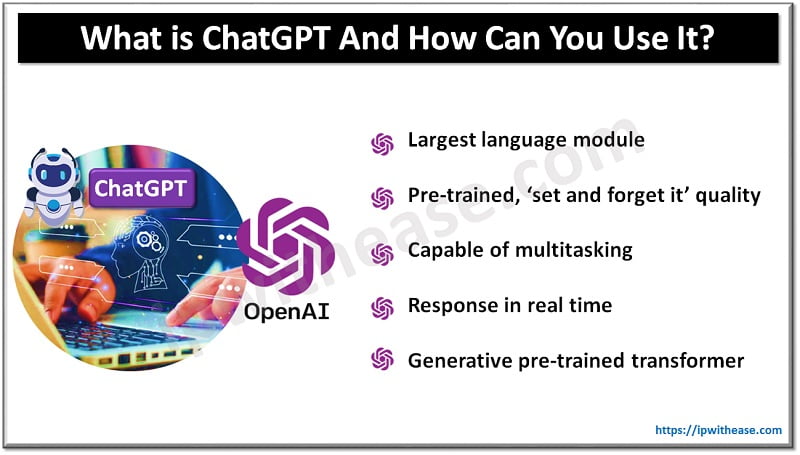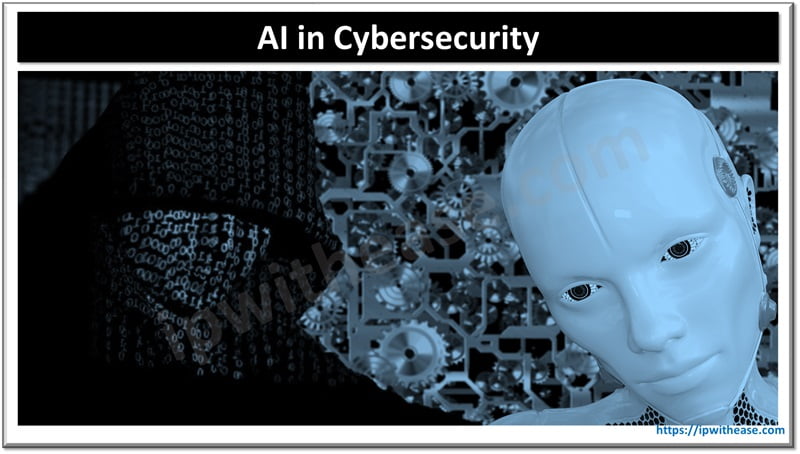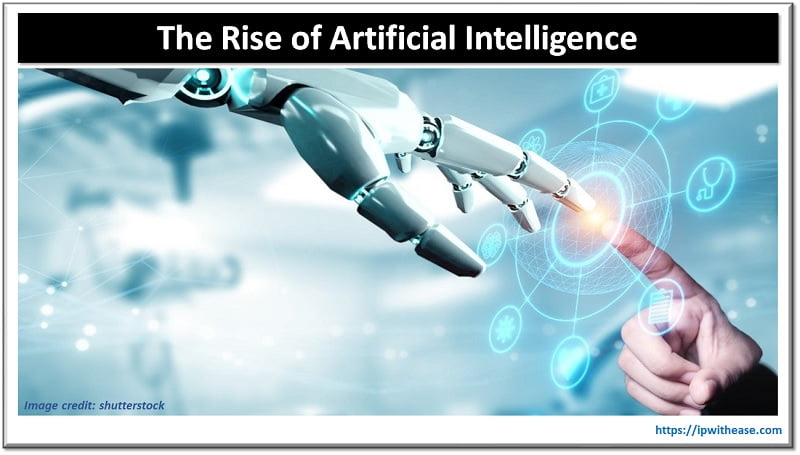Table of Contents
Think about this: You’re scrolling through LinkedIn when you see yet another article on how AI is “disrupting creative industries.” A client reaches out wanting to know if you can just do their rebrand with ChatGPT. Your stomach drops as you wonder if perhaps you made a wrong career choice.
Here’s the thing: if you’re scared that AI is going to replace you, you’re approaching it the wrong way. The question that really needs asking is whether what you’re doing is work that necessarily requires a designer, or just shoving pixels around. Because let’s be realistic, if all you’re doing is making pretty pictures, you’re in trouble already, AI or not.
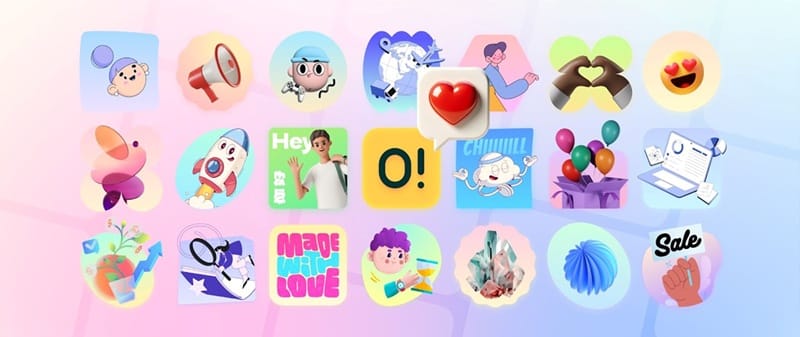
The Reality Check: What AI Actually Does vs What We Do
Modern AI software has become freakishly capable at certain tasks. Midjourney can generate photorealistic images that win art competitions. Figma’s AI can generate UI designs based on text prompts. Adobe Firefly is simple to incorporate into existing workflows. Need a DNA clipart or two for a biotech presentation? AI can generate dozens of distinct versions in minutes.
But what they can’t do, and this is where the designer thinking you don’t normally get comes in; is we don’t just manufacture that end image. We’re involved in every stage of the process. We listen to clients with absolutely no idea what they actually want and use our specific taste and expertise to offer solutions that are normally much more leftfield than AI will ever suggest.
We structure files so that it’s easy to go back and update them later, instead of having to discard the whole thing and start again. We make files that are accessibility compliant. We construct systems for brands, not an isolated single-use graphic. We provide clients with all the resources of a brand in file formats that they can actually use for on- and offline purposes.
These skills separate good from bad designers, and no universal AI utility can replicate them. When we have a client ask us to “make it pop” or “can you make it more modern,” they’re putting their faith in our knowledge to take vague feedback and turn it into a visual solution. AI can create 50 versions of a logo, but it can’t choose which will resonate with the B2B industry versus millennials buying sustainable products.
Why the “Replacement” Fear Misses the Point
The taste argument is more than designer spin, it’s at the heart of the way design works. Good taste in design is a combination of function, beauty, and newness. And that third one is key. Good designers have a leg up here in making something look new and fresh, and that’s purely a matter of the human sense of aesthetics.
AI can only make something new from a mix of existing work and data. When you make something great, it has a kind of freshness that is uniquely innovative. That’s taste. AI cannot predict what will be good next year, but we can, through gut feeling and knowing the trends of culture.
The bigger risk isn’t that AI is going to replace designers, it’s that clients believe they don’t need us anymore. And in a sense, they’re right. A lot of what we used to bill the agency premium for can be solved with AI now. That logo you’d be spending three weeks perfecting? AI can create 100 variations in an hour.
But here’s the thing: customers dabble with the DIY option, realize their AI-generated brand is identical to every other one, and come back. The customers who stick with AI-exclusives weren’t your A-listers to begin with, you knew they were always going to pinch pennies and question your value.
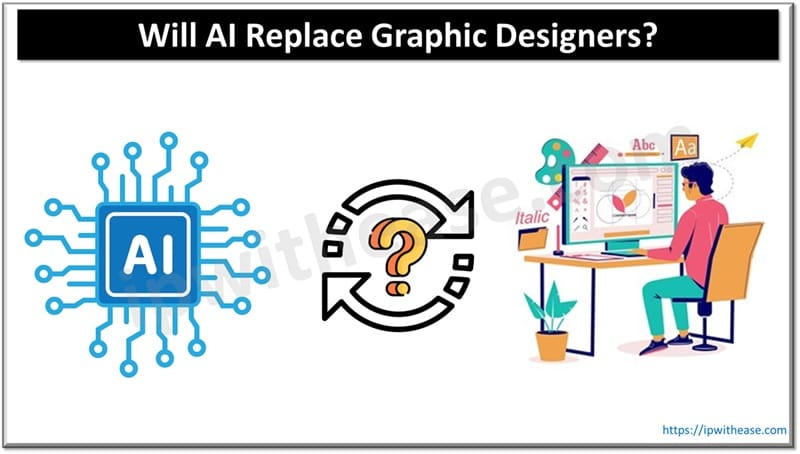
The Real Threat (and Opportunity)
Let’s not play coy here: there are some very legitimate concerns. There is, in fact, pricing pressure. If an agency once bid $10K for a rebrand, AI software might well put that down to $6K as some tasks get accelerated. Client expectations have shifted too, they see AI render images in a matter of seconds and wonder why your mockups take three days.
The market for junior designers is squeezed the most. The lowest-level activities, such as resizing social media images, making simple layouts, or producing stock image options, are more and more automated. If your job right now involves the majority of these activities, it’s time to step up quickly.
But here’s the chance that most apocalyptic articles fail to catch: if you’re a good-taste designer, you can establish a brand much quicker and cheaper than ever. The major lifting of beginning a business – finance, accounting, SEO, web marketing is on the verge of becoming a “prompt” away.
Smart designers are remaking themselves as creative directors, and not pixel pushers. They’re using AI to do the heavy lifting and focusing on strategy, client work, and direction. I know a designer who makes 50 product photos in two hours using AI, which used to take a week to produce with traditional photography. Rather than lowering prices, she’s working on more projects and building bigger brands.
The entrepreneurial path makes even more sense now. Why struggle for agency work when you can begin your own design consultancy, use AI to supercharge your ability, and capture the maximum value of your strategic skills?
How to AI-Proof Your Design Career
First, don’t compete with AI on raw performance. If a user can get 80% of what they need from an AI tool, don’t try to convince them that your iteration is 5 times the price. Instead, place yourself where AI does not cut it.
Strategy and consulting emphasis. Be the one who helps clients figure out what they actually need before assets are built. Be the expert in brand positioning, user research, and design systems thinking. These are capabilities that become progressively more valuable as AI makes discrete deliverables a commodity.
Learn to leverage AI tools rather than fight against them. The best designers aren’t struggling with these tools—they’re using them to expand their creative potential. Master prompt engineering. Understand how to get consistent results from AI generators. Build workflows that bridge AI productivity and human discernment.
Sharpen your business and communication acumen. The more tactical work that’s automated, the more your ability to express ideas, manage client relationships, and strategize is your key selling point. The designers who will thrive in these situations are those who can translate business objectives into creative solutions, and not just deliver against creative briefs.
Specialize in those spaces where human intuition still matters. Design for accessibility requires an understanding of real human needs. Global campaign cultural sensitivity requires human intuition. Having complex brand systems operational necessitates someone to understand how the whole system functions across touchpoints.
Above all, become comfortable with ongoing learning and uncertainty. The AI landscape shifts every month. Successful designers will be the ones who keep up rapidly, constantly try out new things, and remain ahead of the curve instead of waiting for the industry to settle down.
Conclusion: The New Graphic Designer Playbook
AI won’t substitute for graphic designers, but AI-facilitated designers will substitute for non-adopting designers. The work is shifting from execution to strategy, from pixel-pushing to problem-solving, from order-taking to creative leadership.
The future belongs to designers who use AI as a powerful tool while doubling down on uniquely human strengths: cultural acumen, emotional intelligence, strategic thinking, and yes, that immeasurable sense of taste that makes good design great.
Stop asking yourself whether AI can replace you. Start asking yourself how you can utilize it to become the designer that you always wished to be.
ABOUT THE AUTHOR
IPwithease is aimed at sharing knowledge across varied domains like Network, Security, Virtualization, Software, Wireless, etc.

